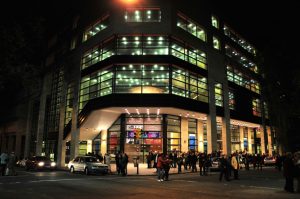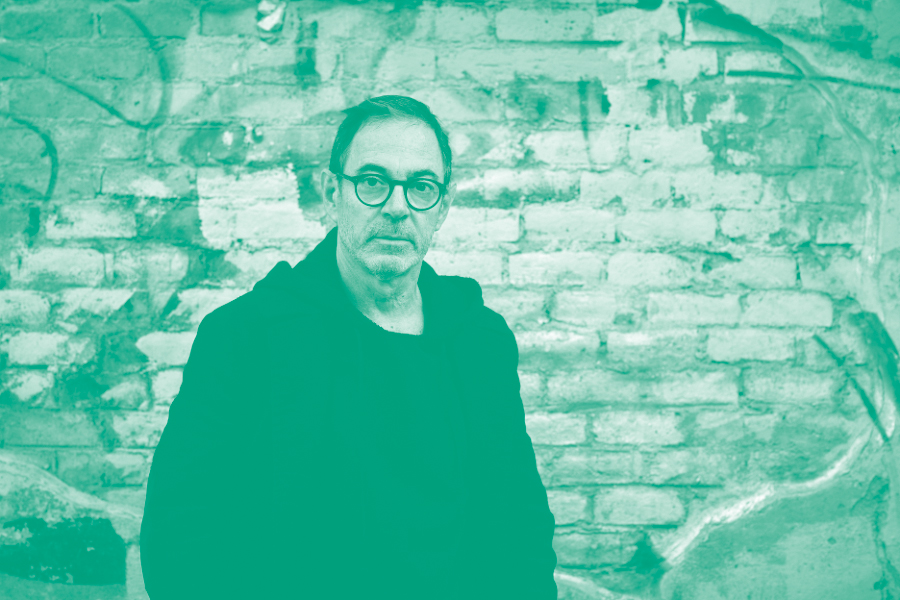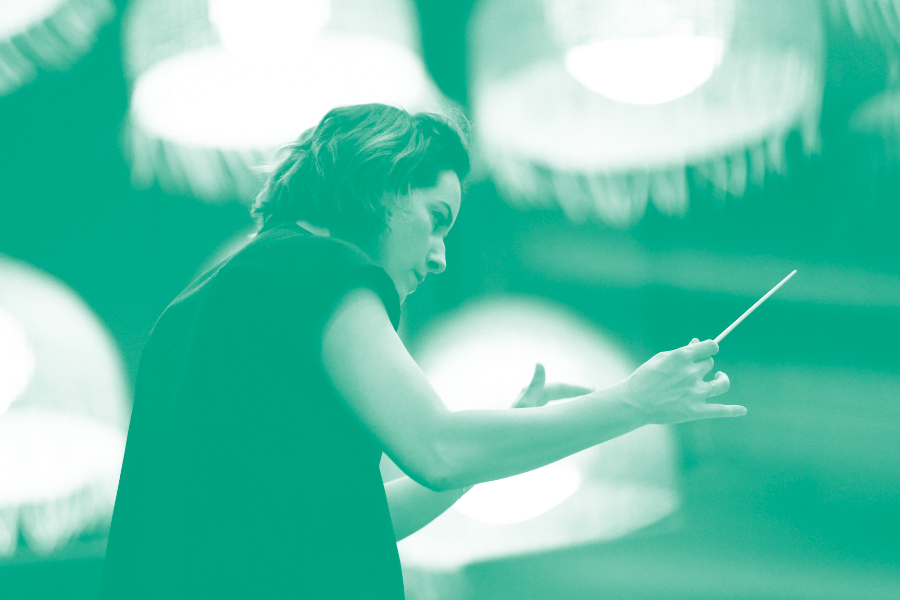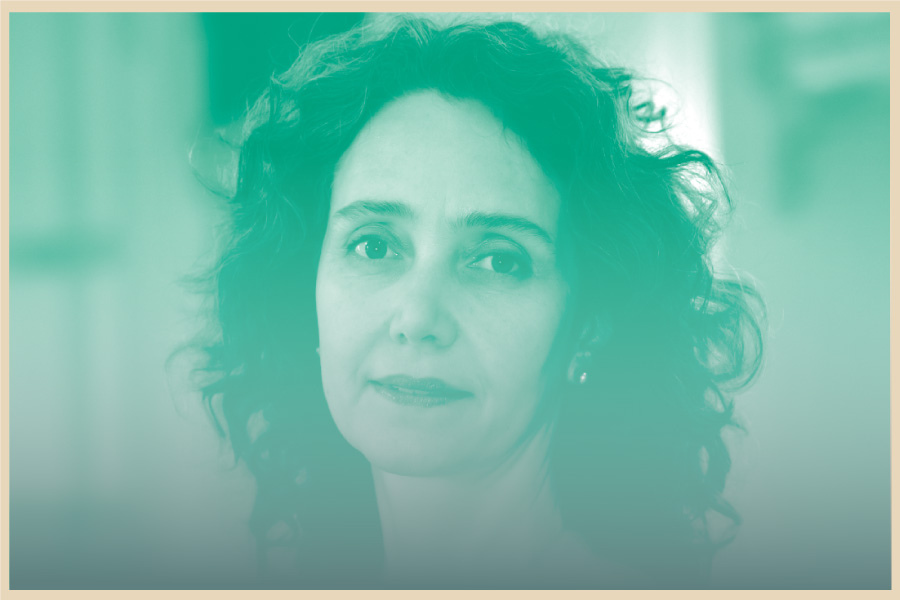Pierina Lavanca: «La Orquesta Juvenil nos presenta otra imagen, mucho más cercana al 50/50 entre hombres y mujeres»

Pierina Lavanca, es directora ejecutiva de la Orquesta Sinfónica Nacional del Sodre y del Conjunto Nacional de Música de Cámara del Sodre, fue una de las mujeres que OLA entrevistó para visibilizar el rol de la mujer en los teatros y saber su punto de vista con respecto al género femenino en el sector cultural.
Pierina trabaja en el Sodre hace más de cinco años; comenzó en el equipo dirección técnica y también se desempeñó como Coordinadora de proyectos institucionales junto a la Dirección General. Anteriormente trabajó en la Corporación Nacional para el Desarrollo en la gestión operativa y contable de diversos proyectos culturales con participación público – privada.
Además de su actividad en el Sodre, es docente de Administración y gestión estratégica de las Organizaciones en la Facultad de Ciencias Económicas y de Administración de la Universidad de la República.
Aquí conversamos con Pierina Lavanca sobre su rol como directora y mujer en el mundo de la cultura:
¿De qué manera la mujer se ha abierto espacio en los teatros?
Creo que de la misma manera que lo ha hecho en todos los ámbitos en los que ha ido ganando espacios: a base de asociatividad, perseverancia, tenacidad, profesionalismo, compromiso y una fuerte convicción de que la equidad no solo es justa, sino que es el camino correcto hacia la construcción de una sociedad más igualitaria.
Específicamente en los teatros vemos que existe un cuestionamiento que antes no se existía en relación a quienes ocupan determinados espacios en los ámbitos artístico, técnico o de gestión. Hoy encontramos muchas más mujeres -aunque aún no las suficientes- a cargo de la toma de decisiones o de la construcción de relatos de mundos posibles. Esa entrada en escena de las mujeres aún es incipiente, pero se trata de un proceso muy alentador del que estamos siendo parte.
¿Qué queda aún por hacer?
El camino a recorrer es largo aún. Tomo como ejemplo la actividad orquestal aquí en Montevideo. Hoy la Sinfónica Nacional tiene una composición de 70/30 entre varones y mujeres respectivamente. Adicionalmente, la presencia femenina es nula en algunas filas como la percusión y los contrabajos. Es decir, aún nos queda mucho por hacer hacia la paridad. Por otra parte, la integración actual de la Orquesta Juvenil nos presenta otra imagen mucho más cercana al 50/50 entre hombres y mujeres. Esto muestra que las nuevas generaciones de artistas traen consigo un cambio que ojalá se asiente como permanente.
También analizando la actividad de nuestra orquesta con un enfoque de género, observamos que en los 90 años de historia de la Orquesta Sinfónica del Sodre, ésta no tuvo nunca una directora musical estable. Este dato, junto con la matrícula predominantemente masculina para la carrera de Dirección Orquestal de nuestra Universidad estatal, marcan que aún hay ciertos roles en donde tenemos que trabajar fuertemente para fomentar la participación de las mujeres. Mientras una niña no vea a una mujer dirigiendo una Orquesta, difícilmente se proyectará a ella misma en ese lugar.
En síntesis, queda mucho aún por hacer, pero estamos en la dirección correcta.
¿Cuáles son las dificultades y desafíos de tu cargo?
Me gusta pensar mi rol como el de una acróbata. Mi principal desafío es mantener el equilibrio entre lo que queremos hacer (defendiendo la libertad artística), lo que debemos hacer (cumpliendo nuestra misión como Elencos Artísticos del Estado) y lo que podemos hacer en términos de recursos. Dedico la mayor parte de mi tiempo a gestionar la tensión entre las dimensiones artística, técnicas, operativa y económica. El liderazgo en estos procesos de negociación es clave para lograr ese equilibrio.
Creo que una de las mayores dificultades que afrontamos quienes trabajamos en el ámbito artístico cultural, es que siempre estamos persiguiendo el hacer más con menos. La creatividad, flexibilidad y la búsqueda constante de sinergias y articulaciones es fundamental para lograrlo.
¿Sientes que por ser mujer te ha sido más desafiante?
Sin dudas. Como en cualquier otra actividad humana los estereotipos de género emergen en lo cotidiano. Liderar siempre es un reto, pero hacerlo siendo mujer es un reto mayor. Es difícil posicionarse donde la división sexual del trabajo clásica espera encontrarse con un hombre, mientras que el espacio para la mujer es de asistencia o soporte. Creo que parte de esta construcción para cambio social, pasa por ocupar esos espacios sin entrar en los estilos masculinizados de liderazgo.
Observo un vuelco generacional fuerte en este sentido muy favorable a la equidad. Las nuevas generaciones llegan «seteadas» de otra manera y promueven otras dinámicas entre personas.
¿Cuál es el aporte de las mujeres en el rubro de las artes escénicas?
Lo singular de los bienes producidos en las artes escénicas es su valor simbólico. En la medida que más mujeres integren los equipos artísticos, técnicos y de gestión, más rica e integral será la visión de mundos posibles que proyectemos desde los escenarios.
No sé si puede identificarse un aporte específico que hagan las mujeres como tal, sino que el aporte está en la mayor representatividad posible de todas las miradas y sensibilidades que existen. La mirada parcial proyecta visiones sesgadas, y con eso transmitimos sólo una versión de lo que somos -y lo que podemos llegar a ser- como sociedad.

CC: Sodre





